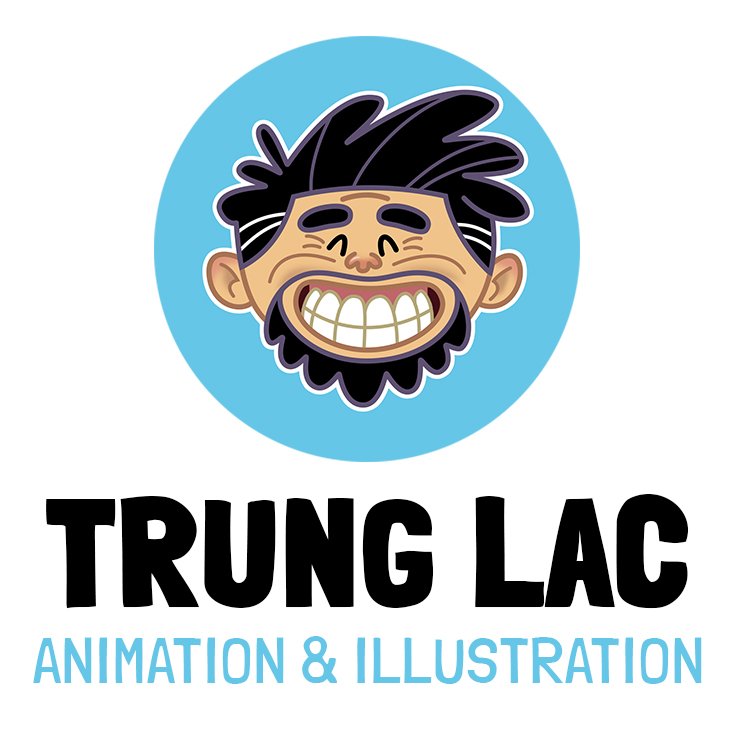Body Mechanics - Exercise 4 Physicality with Weight
The final assignment in Body Mechanics was to animate pulling or pushing an object with weight. We had the choice of deciding what that heavy object would be so I decided to use a sword. As a big fan of the Sword in the Stone and the great animator, Milt Kahl, I knew that this exercise would really challenge me on every level.
Sketch planning
In the first pass, I grab the key poses from the video reference. A sense of weight in the sword is still kind of missing though in the playback so I had to address that in the next pass.
In the second pass, the arc and spacing of the sword needs some more polish
In the second spline pass, the weight in the sword is finally feeling better. The head thrust in the beginning, though, is feeling like he is slamming his face into a wall.
In the final spline pass, I tried to tone down the head motion in the beginning and give more of an arc motion.
The final animation. Overall, I’m happy with how it came it out, but are still some things that I would like to tweak. For example, the hands reaction to the pull up on the sword got lost at some point. I would love to add that back in.
